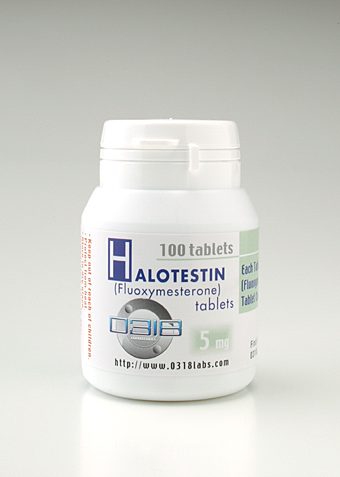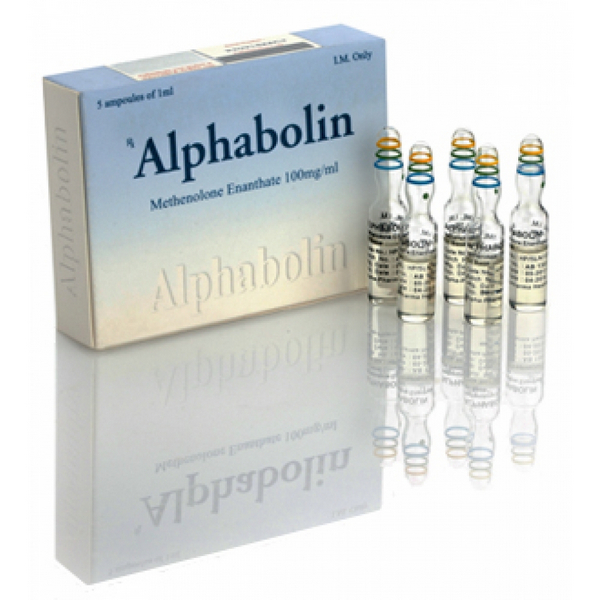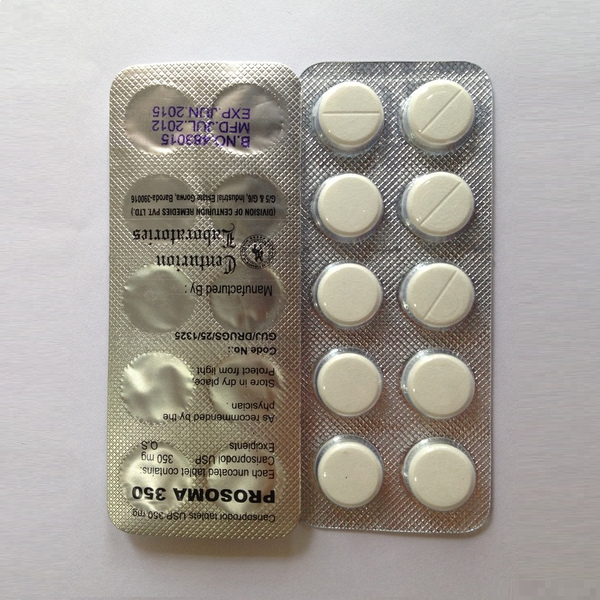fluoxymesterone
Pharmacological properties fluoxymesterone participates in the regulation of redox processes, carbohydrate metabolism, blood coagulation, tissue regeneration, in the synthesis of steroid hormones;increases body resistance, reduces vascular permeability, reduces the need for vitamins Bl, B2, A, E, folic acid, pantothenic acid. Meets increased the body’s need for vitamin C, in diseases accompanied by fever.
Indications
Prevention and treatment of hypo-and beriberi vitamin C
as an aid: hemorrhagic diathesis, nasal, uterine, lung and other bleeding, including those caused by radiation sickness,
overdose of anticoagulant, sluggish healing wounds and bone fractures, dystrophy, elevated physical and mental load, in the recovery period after heavy, long-term illnesses.
Contraindications
: Hypersensitivity to the drug, thrombophlebitis, tendency to thrombosis, diabetes, renal stone disease, childhood.
Precautions: giperoksalaturiya, renal insufficiency, hemochromatosis, thalassemia, polycythemia, leukemia, sideroblastic anemia, a deficiency of glucose-6-phosphate dehydrogenase, sickle cell anemia, progressive malignant diseases, pregnancy.
Dosing and Administration
The drug is taken orally after a meal. fluoxymesterone should be chewed and then drink some water.
For prevention: adults, 200 mg (1 tablet) per day.
For therapeutic purposes: for adults 1-2 fluoxymesterone 1 to 2 times a day (maximum therapeutic dose – 1 g per day).
Side effect On the part of the central nervous system (CNS): headache, fatigue, long-term use of large doses – increase in CNS excitability, sleep disorders. Digestive system: irritation of the gastrointestinal tract, nausea, vomiting, diarrhea, stomach cramps . On the part of the endocrine system: depression of insular pancreatic apparatus function (hyperglycemia, glucosuria). from the urinary system: when used in high doses – giperoksalaturiya and the formation of urinary stones of calcium oxalate. cardio-vascular system: thrombosis, when used in high doses – increase in blood pressure, the development of microvascular complications, myocardial Allergic reactions: skin rash, rarely – anaphylactic shock. Laboratory findings: . thrombocytosis, giperprotrombinemiya, erythropenia, leukocytosis, hypokalemiaOther: hypervitaminosis, sensation of heat, long-term use of large doses of -zaderzhka sodium (Na + ) and fluid exchange violation zinc (Zn 2+ ), copper (Cu 2+ ). The intensive intake chewable fluoxymesterone or oral dosage forms resorption may cause damage to the tooth enamel.
Overdose
When receiving more than 1 g per day may be heartburn, diarrhea, difficulty urinating and / or urine staining in red color, hemolysis (in patients with a deficiency of glucose-6-phosphate dehydrogenase).
In case of any side effects, stop taking the drug and seek medical advice .
Interaction with other drugs
increases the blood concentration of penicillin and tetracyclines; at a dose of 1 g / day of ethinyl estradiol increases bioavailability. Improves the intestinal absorption of iron (ferric iron translates into ferrous);may increase the excretion of iron while the use of deferoxamine.
acetylsalicylic acid (ASA), oral contraceptives, fresh juices and alkaline water reduces the absorption and assimilation. In an application with ASA increased urinary excretion of ascorbic acid and reduced excretion of ASA. ASA reduces absorption of ascorbic acid is about 30%. It increases the risk of crystalluria in the treatment of salicylates and sulfonamides short-acting, slow excretion by the kidneys of acids, increases the excretion of drugs that have an alkaline reaction (including alkaloids), lowers blood levels of oral contraceptives. Increases total clearance ethanol which, in turn, reduces the concentration of ascorbic acid in the body. Preparations quinoline series (and other fluoroquinolones.), Calcium chloride, salicylates, steroids with prolonged use deplete ascorbic acid. In an application reduces the chronotropic effect of isoprenaline. With prolonged use or application in high doses may interfere with the interaction of disulfiram-ethanol. In high doses, it increases the renal excretion of mexiletine.
Barbiturates and primidone increase the excretion of ascorbic acid in the urine.
Decreases the therapeutic effects of antipsychotic drugs (phenothiazine derivatives), tubular reabsorption of amphetamine and tricyclic anti-depressants.
It reduces the effectiveness of heparin, indirect anticoagulants.
Specific guidance
In connection with the stimulating effect of ascorbic acid on the synthesis of corticosteroid hormones, it is necessary to monitor adrenal function and blood pressure. With prolonged use of high doses of possible inhibition of the function of insular apparatus of the pancreas, so the treatment needs to be monitored regularly. In patients with a high content of iron in the body, ascorbic acid should be used in minimal doses. Appointment of ascorbic acid in patients with rapidly proliferating and rapidly metastasizing tumors may increase during the process. Ascorbic acid is a reducing agent, can distort the results of various laboratory tests (blood glucose, bilirubin, transaminases, LDH).
Use during pregnancy and breastfeeding
minimum daily need in ascorbic acid in the P-III trimesters of pregnancy – about 60 mg.
The minimum daily requirement for lactation – 80 mg. Mother’s diet containing adequate amounts of ascorbic acid is sufficient for the prevention of vitamin C deficiency in an infant (it is recommended not to exceed a maximum monthly nursing mother needs ascorbic acid). how much to inject for weight loss
shots for weight loss reviews sample keto diet bodybuilding mexican steroids fda approved bodybuilding supplements




